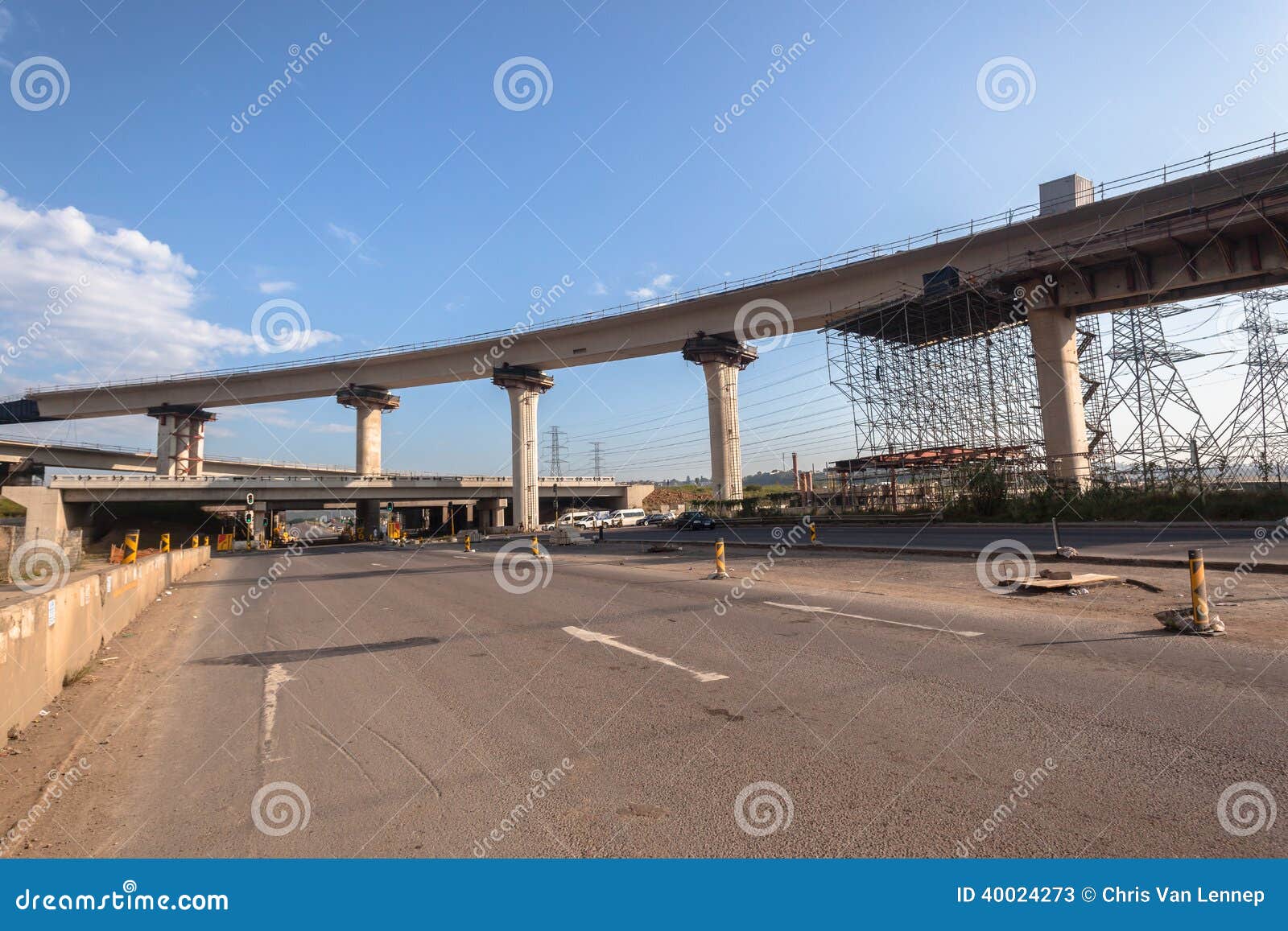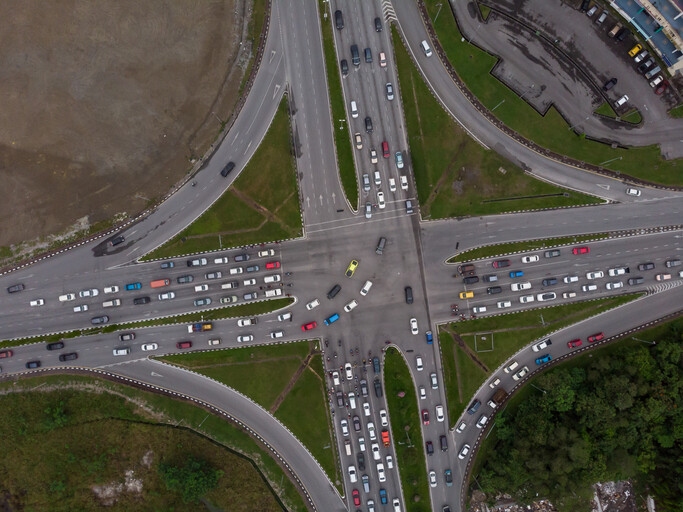The Intersection Of Civil Engineering And Public Policy

As our cities continue to grow, so too does the demand for efficient and safe transportation infrastructure. One type of project that is increasingly prevalent is the construction of highway junction intersections. These complex engineering undertakings involve the creation of sprawling networks of roads, bridges, and interchanges designed to manage traffic flow and connect major highways and thoroughfares.
At their best, these highway junction intersections can help reduce congestion and make driving safer and more efficient. But they're also complicated projects that require significant planning, coordination, and expertise to execute successfully.
What is a highway junction intersection?
A highway junction intersection is a complex network of lanes, ramps, and bridges designed to connect two or more major highways or thoroughfares. These intersections may include different types of on and off-ramps, overpasses or underpasses, and various other features designed to manage traffic flow.
There are many different types of highway junction intersections, ranging from cloverleaf and diamond interchanges to roundabouts and more complex stack and turbine interchanges.
Why are highway junction intersections important?
Highway junction intersections are essential components of modern transportation infrastructure. They help manage traffic flow by keeping vehicles moving and minimizing delays and congestion, particularly in areas with high traffic volumes.
In addition to improving traffic flow, highway junction intersections can also make driving safer by reducing the risk of accidents, particularly rear-end collisions and other types of crashes that can occur when vehicles are slowed or stopped in traffic.
What are the challenges of building highway junction intersections?
Building a highway junction intersection is a complex undertaking that requires significant planning and coordination. Among the key challenges involved in these projects are:
- Design challenges: Highway junction intersections must be carefully designed to maximize safety and efficiency while minimizing traffic disruptions and delays. This requires extensive planning and collaboration between engineers, city planners, and various stakeholders.
- Cost considerations: Building highway junction intersections can be expensive, particularly in densely populated areas where land is at a premium. Cost constraints can force engineers and designers to make compromises on the design or execution of a project that can impact its effectiveness and safety.
- Construction difficulties: Highway junction intersections are complex constructions that require careful attention to detail during every phase of their construction. In addition to the challenges of building ramps, bridges, and other structures to specification, there can be difficulties associated with managing traffic flow during construction.
What are the benefits of highway junction intersections?
Despite the challenges involved, highway junction intersections can offer many benefits to cities and communities. These include:
- Improved traffic flow: Junction intersections can help keep traffic moving and minimize delays and congestion, even in areas with high volumes of automobiles.
- Safer driving: By reducing congestion and streamlining traffic flow, highway junction intersections can help reduce the risk of accidents and other traffic-related incidents, improving driving safety for all road users.
- Greater connectivity: Connecting major highways through junction intersections can improve the connectivity of communities and enhance access to essential services, such as hospitals, schools, and public transportation hubs.
- Economic benefits: By improving traffic flow and reducing delays, junction intersections can benefit businesses and commuters by helping to support economic growth and development.
What can be done to make highway junction intersections more effective?
There are many strategies for making highway junction intersections more effective, including:
- Maximizing efficiency: Designers and engineers can strive to maximize the efficiency of highway junction intersections by incorporating the latest technology and design practices to improve traffic flow and reduce congestion.
- Maintaining infrastructure: Regular maintenance and repair of highway junction infrastructure is essential for keeping these intersections functioning effectively and safely over time.
- Providing adequate funding: Building highway junction intersections requires significant investment, and ensuring that cities and communities have the necessary funding and resources available to execute these projects is critical to their success.
Conclusion
Highway junction intersections are complex construction projects that require significant planning, coordination, and attention to detail. But when done effectively, they can have numerous benefits ranging from improved traffic flow and safety to greater connectivity and economic growth. With careful planning and design, it's possible to create junction intersections that are both effective and visually appealing, enhancing the quality of life for residents of the communities they serve.
FAQs
What is a highway junction intersection?
A highway junction intersection is a complex network of lanes, ramps, and bridges designed to connect two or more major highways or thoroughfares. These intersections may include different types of on and off-ramps, overpasses or underpasses, and various other features designed to manage traffic flow.
Why are highway junction intersections important?
Highway junction intersections are important components of modern transportation infrastructure. They help manage traffic flow by keeping vehicles moving and minimizing delays and congestion, particularly in areas with high traffic volumes. Additionally, they can improve driving safety by reducing the risk of accidents.
What are the challenges of building highway junction intersections?
Building a highway junction intersection is a complex undertaking that requires significant planning and coordination. Among the key challenges involved in these projects are design challenges, cost considerations, and construction difficulties.
What are the benefits of highway junction intersections?
The benefits of highway junction intersections include improved traffic flow, safer driving, greater connectivity, and economic benefits for businesses and communities.
What can be done to make highway junction intersections more effective?
To make highway junction intersections more effective, designers and engineers can focus on maximizing efficiency, maintaining infrastructure, and providing adequate funding for these complex construction projects.
Are highway junction intersections only used in urban areas?
No, highway junction intersections can be used in both rural and urban areas, depending on the needs and traffic patterns of a given community.
What are some examples of different types of highway junction intersections?
There are many different types of highway junction intersections, including cloverleaf and diamond interchanges, roundabouts, and more complex stack and turbine interchanges.
What are the environmental impacts of highway junction intersections?
Highway junction intersections can have a variety of environmental impacts, ranging from increased carbon emissions due to increased traffic flow to potential habitat destruction and other ecological concerns associated with construction activities. Minimizing these impacts requires careful planning and adherence to best practices.


Post a Comment for "The Intersection Of Civil Engineering And Public Policy"